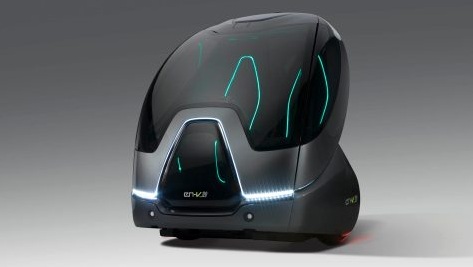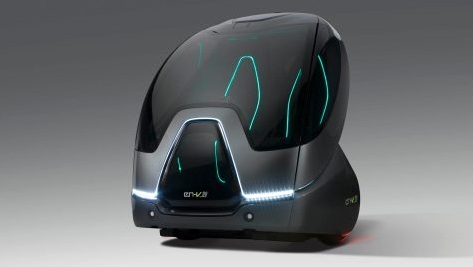7 dumb tech ideas that still exist

Not every light bulb moment should be turned into a product. In fact, some light bulbs should be removed from their socket and smashed into a million tiny pieces.
Technology is particular susceptible to bad ideas, where someone invents a new concept in a drawing room and then somehow gets the funding they need to create the product, build the Web site, or unleash the technology.
Strangely, the following ideas were not only turned into real products and services, they have lived on for many years past their expiration date. Is it time to send them out to pasture? Yes, please.
1. Wikimedia Commons
A controversial project by any standards, this repository contains a wealth of useful imagery – it's essentially a visual encyclopedia. Unfortunately, by allowing users to post any content and with loose controls over how images fit a given category, the Wikimedia Commons is now a wasteland of pornography. The project has been disavowed vehemently by Larry Sanders, the Wikipedia co-founder. Other links contain child pornography, animal sex, and random images showing sexual positions – with no filters or warnings.
2. Trackballs
What were we thinking? Trackballs are still widely sold, but here's an experiment. Have a new user sit down with a trackball and play a game, visit a web site, or even use Microsoft Paint to draw an object. While some have sworn by the trackball for decades and use them to relieve repetitive stress disorders, the reality is that a standard mouse is much more accurate for just about any computing task.

3. Feature phones
More like featureless phones, these crippled devices have worn out their welcome. Usually equipped with a T9 keypad (you press digits successively to type phrases), you can't load any apps, the operating system is slow, the thin plastic casing breaks easily, and the tiny screen looks like it is blurred over with Vaseline. Yet, for some reason, retailers still doll these out to unsuspecting customers.

4. Browser-enabled televisions
The traditional browser works well on a computer or phone, but somehow Samsung and many other television manufacturers have insisted on including a browser on so-called smart televisions. The lean-back environment of a living room is not conducive to traditional browsing, where text fills the screen, you have to type a URL, and there's a forward and back button. A smart idea, one that is finally gaining some traction this year, is to use apps that are designed for televisions. This means less typing, and data is fed into the app without user involvement, hopefully at a more appealing screen size.
Sign up for breaking news, reviews, opinion, top tech deals, and more.
5. Home energy monitors
When Microsoft abandons a project, take note: it must have had some serious problems. (This from the company that still makes a split keyboard.) When Google also leaves their users in the dust, the situation must be quite dire. Microsoft Hohm and Google PowerMeter are now defunct, and for good reason. Part of the problem is that smart meters are not as common as they should be, so end-users were not able to tap into their appliances or even the home furnace. There is a better way, and it is more home intelligence. Smart meters make sense, but the gauges should know when you are not home, adjust temps for the weather, and monitor home appliances on their own, without our involvement.
6. Single-purpose web sites
Every once in a while, a new site will pop up that serves a single purpose – for example, a site that is nothing but an alarm clock or one that tells you whether the next episode of Lost is a repeat. These sites require very little programming, and we appreciate the minimalism. But they are quickly forgotten. Case in point: Lost went off the air in May 2010.
7. Micro cars
Sure, a tiny car has one distinct advantage. According to the laws of physics, a smaller object requires less energy to move. Unfortunately, they also crush easier in an accident. Projects like the GM EN-V car have potential – we like that the vehicles are connected and can run autonomously. In certain controlled environments – such as a small urban area – they have merit. For the vast majority of drivers, micro cars are an incredibly bad idea, considering how many people drive SUVs.


John Brandon has covered gadgets and cars for the past 12 years having published over 12,000 articles and tested nearly 8,000 products. He's nothing if not prolific. Before starting his writing career, he led an Information Design practice at a large consumer electronics retailer in the US. His hobbies include deep sea exploration, complaining about the weather, and engineering a vast multiverse conspiracy.